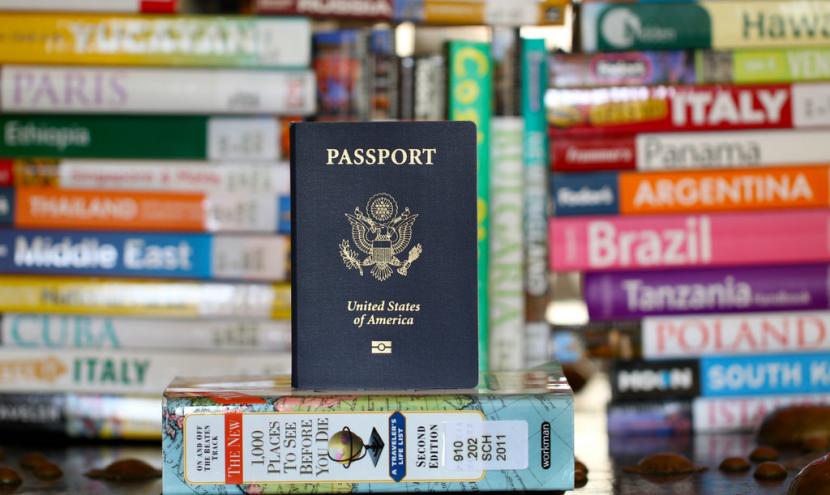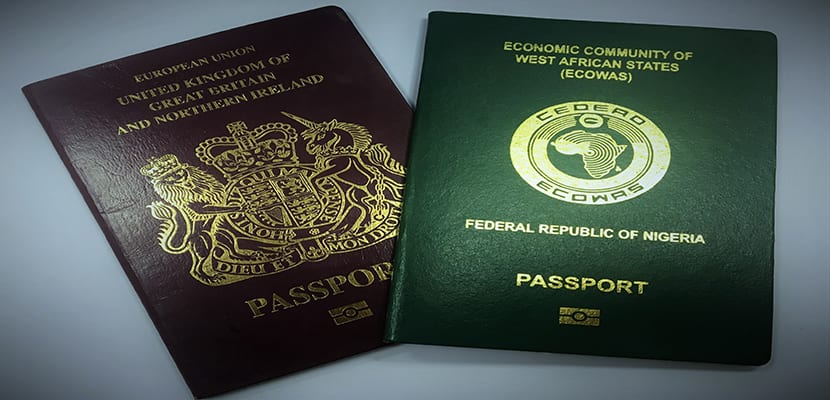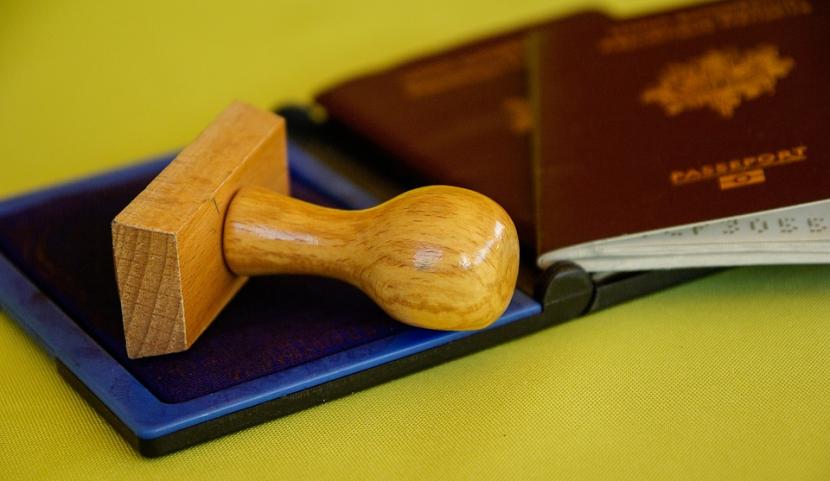
When embarking on a trip abroad, the passport is our letter of introduction. The information it contains inside is much more relevant than the color of its covers, although the tonality is not an element chosen at random by the countries but rather has its reason for being.
Perhaps you have ever wondered what the meaning of passport color is. Next we will talk about the meaning of the color of passports.
The vast majority of passports in the world are red, blue, green or black, but there are dozens of shades within each hue. What then does each color obey? The answer is that there are many possible scenarios such as geographic, political or national identity reasons.
Red passports
This is the most common color in the world including those in dark and light burgundy tones. These passports characterize the member countries of the European Union except Turkey (which chose the color wine in the hope of joining the EU) and Croatia (dark blue in color). Switzerland, for its part, uses a bright red tone with a white cross as well as the national flag.
The countries belonging to the Andean Community (Peru, Bolivia, Ecuador and Colombia) also chose the color red, as did countries such as Mongolia or Malaysia.
This tone is also that of the passports of those countries that had a communist past (Russia, Poland, Slovenia or Romania).
Green passport
This hue is typical in the passports of Muslim countries (Morocco, Pakistan, Mauritania or Saudi Arabia) and is directly associated with Islam as it is believed to be the preferred color of the Prophet Muhammad and symbolizes life and nature. However, the Mexican passport is also green.
Some member countries of the Economic Community of West African States such as Nigeria or Senegal also have green passports.

Blue passport
Blue passports symbolize the New World. This tonality is present in several Caribbean countries such as the Bahamas, Haiti or Cuba, as well as in several countries that belong to the Southern Common Market (Mercosur) such as Argentina, Paraguay or Brazil.
Other countries that have blue passports are Canada, Australia and the United States (whose passports have been blue since 1976).
Black passports
It is the least common color. It is present in some African countries such as Zambia, Angola, Chad or Burundi, although it is also used by oceanic countries such as New Zealand because it is the national color. Likewise, the color black is used to identify diplomats and personnel with diplomatic immunity from Mexico or the United States.

Other curiosities about passports
What is it and what is it for?
It is an official document issued by a certain country but with international validity. Its form of notebook is taken from past times in which permits were written down by hand. At present, due to the technological gap, a passport in the form of a book continues to be the most useful system, no matter how much an easy-to-read chip is added. In general terms, it serves to prove that its bearer can enter and leave a country because he is authorized to do so or as a symbol that his country recognizes that State.
Who Invented the Passport?
In the Bible there are writings that already speak of a document that authorized its bearer to go from one place to another but it was in Medieval Europe where documents issued by local authorities began to appear that allowed people to enter cities and by what accesses.
However, the invention of the passport as a cross-border identity document is credited to Henry V of England.
What is the size of a passport?
Almost all passports have a size of 125 × 88 mm and most have approximately 32 pages, about 24 pages being dedicated only to visas and if the paper runs out it is necessary to request a new one.
Drawings to avoid counterfeits
In order to avoid counterfeiting, the drawings of the passport pages and the ink are complex. For example, in the case of the Spanish passport, the back cover reflects Columbus's first trip to America, while the most spectacular animal migrations on Earth appear on the visa pages.
If we talk about Nicaragua, your passport has 89 different forms of security that make it impossible to forge.
The best and worst passports for travel
Some countries such as Germany, Sweden, Spain, the United Kingdom or the United States have very good passports to travel around the world since they can access more than 170 states. On the contrary, countries such as Afghanistan, Pakistan, Iraq, Syria, Libya, Sudan or Somalia have the least travelers passports.